
In today's housing market, homeowners have a desire for independence and the ability to enhance their living spaces. However, achieving this goal often requires a set of essential skills.
This article will explore the top 10 skills every homeowner must learn for effective home improvement.
From painting and plumbing basics to electrical knowledge and carpentry techniques, this comprehensive guide will provide homeowners with the practical knowledge they need to confidently tackle various projects and transform their homes into their dream living spaces.
Painting
Mastering the art of painting is an essential skill that every homeowner should possess for effective home improvement. Whether you're looking to freshen up a room or completely transform the exterior of your house, knowing the proper painting techniques and color selection is crucial.
Painting not only enhances the aesthetic appeal of your home but also protects it from wear and tear. When it comes to painting techniques, understanding the basics such as proper surface preparation, priming, and applying paint evenly can make all the difference in achieving professional-looking results.
Additionally, selecting the right colors can create the desired atmosphere and mood in each room. Consider factors such as natural light, room size, and the overall style of your home to make informed color choices.
Plumbing Basics
Plumbing is an essential aspect of home maintenance that every homeowner should have a basic understanding of.
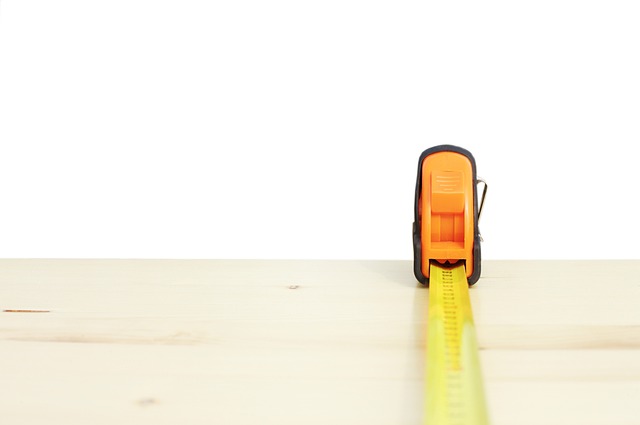
Knowing how to maintain and repair pipes can save you from costly repairs and water damage.
Additionally, being able to unclog drains easily can prevent inconveniences and keep your plumbing system running smoothly.
Pipe Maintenance Tips
To maintain the proper functioning of your home's plumbing system, it is crucial to learn and implement effective pipe maintenance tips. Proper pipe maintenance can prevent costly repairs and ensure a smooth and efficient flow of water throughout your home.
Here are three essential pipe maintenance tips every homeowner should know:
- Insulate your pipes: Pipe insulation is vital for preserving the temperature of your water and preventing freezing during colder months. Insulated pipes also help reduce energy loss and save you money on heating bills.
- Monitor water pressure: High water pressure can put stress on your pipes, leading to leaks and other plumbing issues. Use a pressure gauge to check the water pressure regularly and install a pressure regulator if necessary.
- Avoid clogs: Preventing clogs is key to maintaining healthy pipes. Avoid pouring grease, oil, or food scraps down the drain, and use drain covers to catch hair and debris. Regularly clean out your drains using natural remedies or a plumbing snake.
Fixing Common Leaks
Fixing common leaks in your home is an essential skill that every homeowner should learn for proper home improvement. Two common areas where leaks can occur are faucets and toilets.
A dripping faucet not only wastes water but can also be annoying. To fix a leaking faucet, start by turning off the water supply and then disassembling the faucet to identify the problem. It could be a faulty washer or a worn-out O-ring that needs replacement.
Repairing a leaky toilet is equally important. A running toilet can waste a significant amount of water and lead to higher water bills. To fix a leaking toilet, start by checking the flapper valve and the fill valve. Replace any damaged parts to stop the leak.
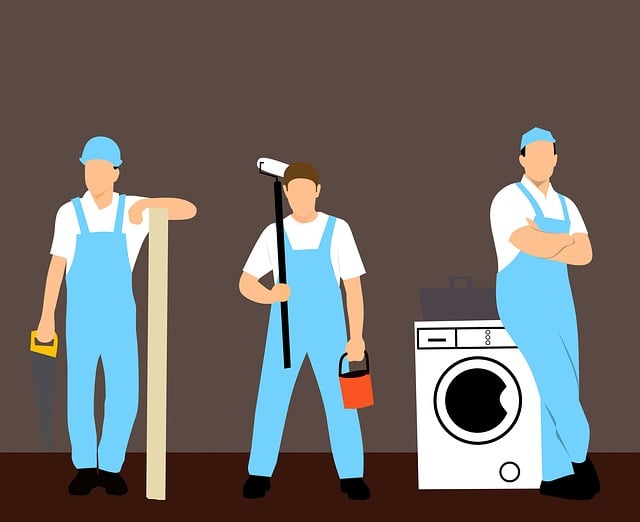
Unclogging Drains Easily
One essential skill that every homeowner must learn for home improvement is the ability to easily unclog drains. Clogged drains can be a common and frustrating issue in any household, but with the right knowledge and tools, you can tackle this problem with ease.
Here are three effective drain cleaning methods that can help you keep your drains flowing freely:
- Use a plunger: A plunger is a simple yet effective tool for unclogging drains. It creates suction and pressure to dislodge the clog. Make sure to cover the overflow opening with a wet cloth before plunging for better results.
- Try a homemade drain cleaner: Mix equal parts of baking soda and vinegar, pour it down the drain, and let it sit for a while. Then, flush it with hot water. This mixture can help break down the clog and clean the pipes.
- Prevent drain clogs: The best way to deal with clogged drains is to prevent them in the first place. Avoid pouring grease, oil, or coffee grounds down the drain. Use drain strainers to catch hair and debris, and regularly flush your drains with hot water to keep them clear.
Electrical Basics
Learning the fundamentals of electrical systems is an essential skill that every homeowner should acquire for effective home improvement. When it comes to electrical safety, it is crucial to understand the basics to prevent accidents and ensure a reliable electrical system in your home.
First and foremost, always turn off the power before working on any electrical project. Use insulated tools to avoid electrical shock and wear protective gear such as gloves and goggles.
Additionally, familiarize yourself with common wiring tips, such as using wire nuts to connect wires and labeling circuits for easy identification. It is also important to know the capacity of your electrical panel and not overload it.
Carpentry
To continue the discussion from the previous subtopic, acquiring a solid foundation in carpentry is an indispensable skill for every homeowner looking to enhance their home improvement abilities. Carpentry involves furniture building and woodworking techniques that can transform any space.
Here are three essential skills every homeowner should learn:

- Measuring and cutting: Accurate measurements and precise cuts are crucial for successful carpentry projects. Mastering this skill ensures that furniture pieces fit perfectly and look professional.
- Joinery techniques: Understanding different joinery techniques such as mortise and tenon, dovetail, and biscuit joinery allows homeowners to create sturdy and durable furniture pieces. These techniques provide strength and stability to the finished product.
- Finishing techniques: The right finish can enhance the appearance and protect the wood. Learning various finishing techniques, such as staining, varnishing, or painting, allows homeowners to add their personal touch and protect their furniture from wear and tear.
Tiling
When it comes to tiling, there are three key points that every homeowner must learn.
The first is understanding the difference between grout and caulk and knowing when to use each one.
The second is mastering tile patterns and layouts to create a visually appealing and functional space.
Lastly, choosing the right tiles for your project is crucial in terms of both aesthetics and durability.
Grout or Caulk
Homeowners must master the technique of applying grout or caulk when tiling their homes. This skill is essential for maintaining the integrity and appearance of tiled surfaces. Here are three important aspects to consider when working with grout or caulk:
- Grout cleaning: Over time, grout can become discolored or dirty. Regular cleaning is necessary to keep it looking fresh and prevent the growth of mold and mildew. Homeowners should learn effective grout cleaning techniques such as using a brush or a specialized grout cleaner.
- Caulk removal: When caulk starts to deteriorate or becomes discolored, it needs to be removed and replaced. Knowing how to properly remove old caulk without damaging the surrounding tiles is crucial. Tools like a caulk remover or a utility knife can be used for this task.
- Proper application: Applying grout or caulk requires precision. Homeowners should learn the correct techniques for applying grout or caulk, ensuring smooth and even coverage. This includes using the right tools, such as a grout float or a caulk gun, and following the recommended drying times.
Tile Patterns and Layouts
In order to achieve visually appealing tiled surfaces, it is crucial for homeowners to familiarize themselves with various tile patterns and layouts. A well-chosen tile pattern can enhance the overall aesthetic of a room and create a sense of cohesion.
There are numerous tile patterns to choose from, including straight lay, herringbone, basketweave, and diagonal, among others. Each pattern offers a unique look and can be used to highlight certain areas or features within a space.
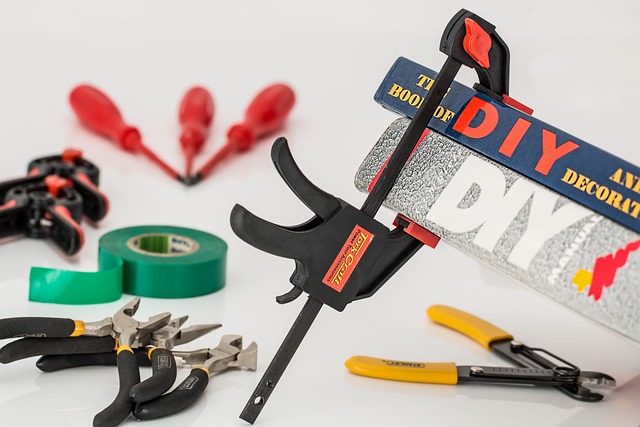
When selecting a tile pattern, it is important to consider the size and shape of the tiles, as well as the overall design theme of the room. Additionally, proper tile cleaning and maintenance are essential for preserving the beauty and longevity of the tiled surface.
Regular cleaning with mild soap and water, along with periodic sealing, can help prevent staining and keep the tiles looking their best.
Choosing the Right Tiles
To ensure a successful tile installation, homeowners must carefully select the right tiles for their project. The tile selection process can be overwhelming, with so many options available in terms of material, size, color, and design.
Here are three key factors to consider when choosing the right tiles for your home improvement project:
- Durability: Opt for tiles that are durable and can withstand the specific conditions of the area where they will be installed. For high traffic areas, such as the kitchen or entryway, choose tiles that are resistant to scratches and stains.
- Style and Aesthetics: Consider the overall style and aesthetics of your home. Choose tiles that complement the existing decor and architectural features. Whether you prefer a classic, modern, or eclectic look, there are tiles available in a wide range of designs and patterns to suit your taste.
- Maintenance: Consider the level of maintenance required for the tiles you choose. Some materials may require regular sealing or special cleaning techniques. Choose tiles that fit your lifestyle and maintenance preferences, ensuring that they will remain in good condition for years to come.
Drywall Repair
Repairing drywall is an essential skill that every homeowner must learn for proper home improvement. Drywall finishing and texture techniques are crucial in maintaining the aesthetics and integrity of your walls. Whether it's a small hole or a larger area that needs repair, knowing how to patch and blend the drywall seamlessly is essential.
To achieve a professional-looking finish, start by cleaning the damaged area and removing any loose debris. Next, apply a layer of joint compound using a taping knife to fill in the hole or crack. Smooth out the compound and let it dry. Sand the area to create a smooth surface, and repeat if necessary.
When it comes to texture techniques, there are various options to choose from, such as applying a textured paint or using a texture sprayer. Experiment with different techniques to match the existing texture or create a unique look.

Mastering drywall repair will give you the freedom to tackle any wall damage and keep your home looking its best.
Flooring Installation
Mastering the art of flooring installation is a crucial skill that every homeowner must possess for effective home improvement. Whether you're replacing worn-out carpet, upgrading to hardwood floors, or installing tile in your kitchen, understanding the process is essential. Here are three key aspects of flooring installation that every homeowner should know:
- Choosing the right materials: Before starting any flooring project, it's important to research and select the right materials for your specific needs. Consider factors like durability, maintenance requirements, and cost to make an informed decision.
- Proper installation techniques: Learning the proper techniques for installing different types of flooring is vital to ensure a long-lasting and visually appealing result. From measuring and cutting to laying and securing the materials, following the correct installation methods is crucial.
- Flooring maintenance and floor refinishing: Once your new floors are installed, it's important to understand how to properly care for and maintain them. Regular cleaning, avoiding harsh chemicals, and addressing any issues promptly will help prolong the life of your floors. Additionally, knowing how to refinish your floors when they start to show signs of wear can save you money and keep them looking their best.
Window Installation
When it comes to window installation, there are two key points that every homeowner must learn: proper measurements for accuracy and sealing for energy efficiency.
Proper measurements ensure that the window fits correctly and functions properly, while sealing ensures that there are no drafts or energy leaks.
Proper Measurements for Accuracy
Homeowners must master the proper measurements for accuracy in window installation. This skill is crucial to ensure that the windows fit perfectly and function optimally. To achieve this, homeowners should familiarize themselves with various measuring tools and techniques. Here are three essential items to consider:
- Measuring Tape: This versatile tool is perfect for measuring window dimensions accurately. It provides flexibility and allows for precise measurements, ensuring a snug fit.
- Level: A level is indispensable for checking the alignment of the window frame. It ensures that the window is installed horizontally and vertically, preventing any future issues with opening and closing.
- Plumb Bob: This tool is used to determine if the window frame is perfectly vertical. By suspending the plumb bob from the top of the window frame, homeowners can visually check if the frame is aligned correctly.
Sealing for Energy Efficiency
Continuing the discussion from proper measurements for accuracy, homeowners must also focus on sealing for energy efficiency during window installation.
Proper sealing techniques play a crucial role in preventing air leakage and improving insulation, which ultimately leads to reduced energy consumption and lower utility bills.
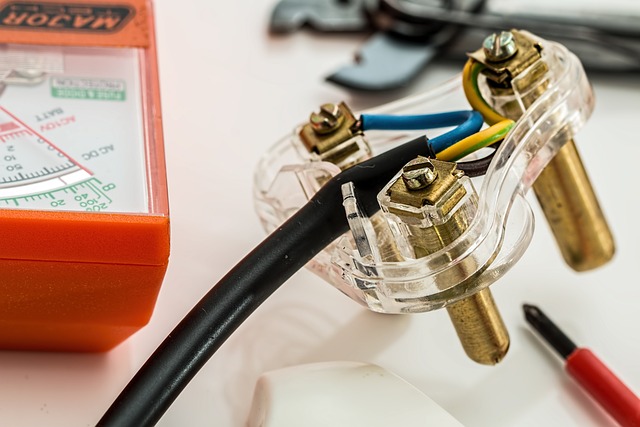
When it comes to sealing windows, there are several options available. Weatherstripping is a popular choice, as it effectively seals gaps and cracks, preventing drafts and heat loss.
Caulking is another effective method, particularly for sealing small gaps and cracks around the window frame.
Additionally, homeowners may consider using insulation options such as expanding foam or window film to further enhance energy efficiency.
Roofing
To properly maintain and protect your home, it is essential to develop a solid understanding of the principles and techniques involved in roofing. Whether you are building a new roof or repairing an existing one, knowing about roofing materials and proper roof maintenance can save you time, money, and headaches in the long run.
Here are three essential skills every homeowner must learn for successful roofing:
- Familiarize yourself with different roofing materials: Understanding the pros and cons of materials like asphalt shingles, metal, and tile can help you make an informed decision when it comes to selecting the right roofing material for your home.
- Learn how to inspect your roof regularly: Regular roof inspections can help you identify and address any issues before they become major problems. Look for signs of damage, such as missing or cracked shingles, leaks, or sagging areas.
- Understand basic roof maintenance tasks: Simple maintenance tasks like cleaning gutters, removing debris, and trimming overhanging branches can help extend the lifespan of your roof and prevent expensive repairs down the line.
Landscaping
Moving on to the next essential skill for homeowners, landscaping plays a crucial role in enhancing the overall aesthetic appeal and value of your property.
Garden design is an important aspect of landscaping, as it involves planning and arranging various elements such as plants, flowers, and hardscapes to create a visually pleasing and functional outdoor space. A well-designed garden can provide a peaceful retreat, a place for entertaining guests, or even a source of fresh produce.
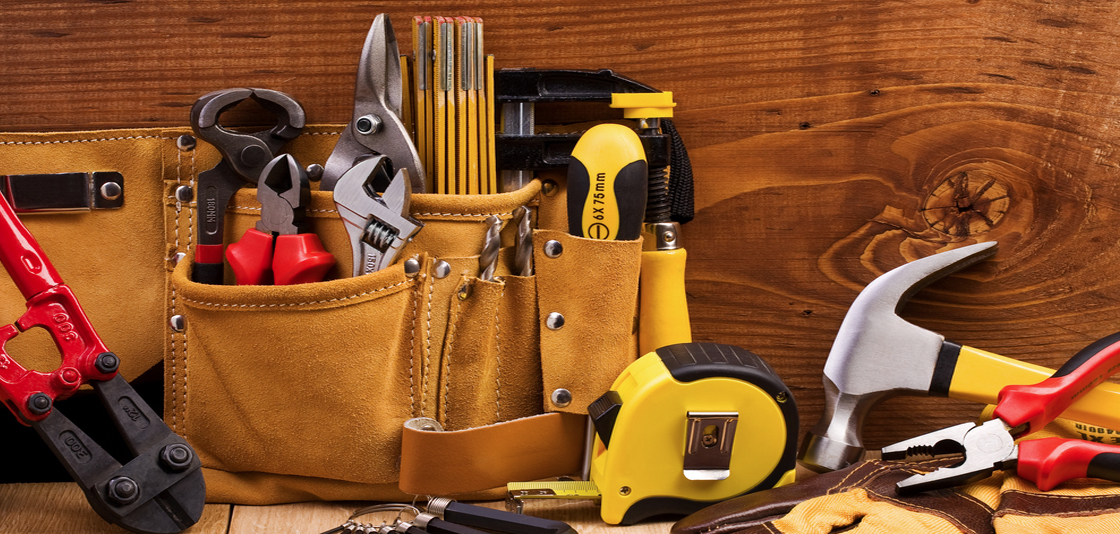
In addition to garden design, homeowners must also learn proper lawn care techniques. This includes mowing, watering, fertilizing, and aerating the lawn to ensure its health and vitality.
Frequently Asked Questions
How Do I Choose the Right Type of Paint for My Home?
When choosing paint for your home, it is important to consider both the color and finish. Take into account the desired aesthetic, durability, and ease of maintenance. Consult with professionals or utilize online resources for guidance.
What Are Some Common Plumbing Problems That Homeowners Can Fix Themselves?
Common plumbing problems that homeowners can fix themselves include clogged drains, leaky faucets, running toilets, and low water pressure. With the right tools and some basic knowledge, these DIY plumbing fixes can save homeowners time and money.
How Can I Safely Install a Ceiling Fan in My Home?
When it comes to ceiling fan installation, ensuring safety is paramount. Start by turning off the power and assembling the necessary tools. Follow the manufacturer's instructions carefully, securing the fan properly and testing its functionality before use.
What Are Some Essential Carpentry Tools Every Homeowner Should Have?
Essential carpentry tools every homeowner should have include a tape measure, hammer, screwdriver set, level, circular saw, and chisel. These tools are crucial for various home improvement projects, ensuring accuracy and efficiency in carpentry work.
What Is the Best Way to Remove Stains From Tiles?
Removing grout stains from tiles can be accomplished by using a mixture of baking soda and water, or a commercial tile cleaner. To prevent stains, it is important to seal the tiles regularly and clean up spills promptly.
 Family Craft ProjectsHome ImprovementCooking and BakingReuse and RecycleDIY GiftsEco-Friendly ProjectsDIY Home SolutionsSeasonal ActivitiesFun and GamesLearn TogetherPrivacy PolicyTerms And Conditions
Family Craft ProjectsHome ImprovementCooking and BakingReuse and RecycleDIY GiftsEco-Friendly ProjectsDIY Home SolutionsSeasonal ActivitiesFun and GamesLearn TogetherPrivacy PolicyTerms And Conditions
